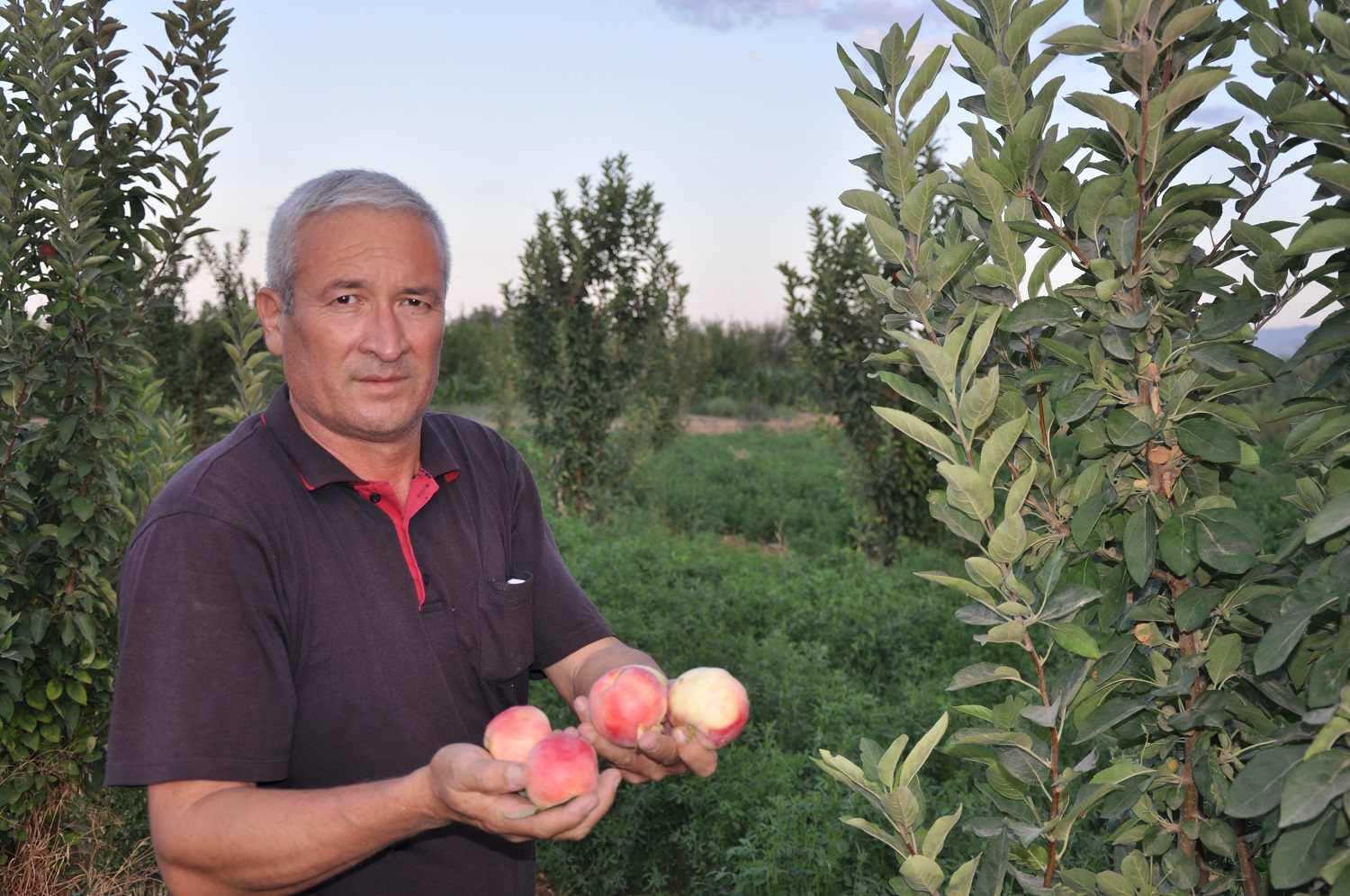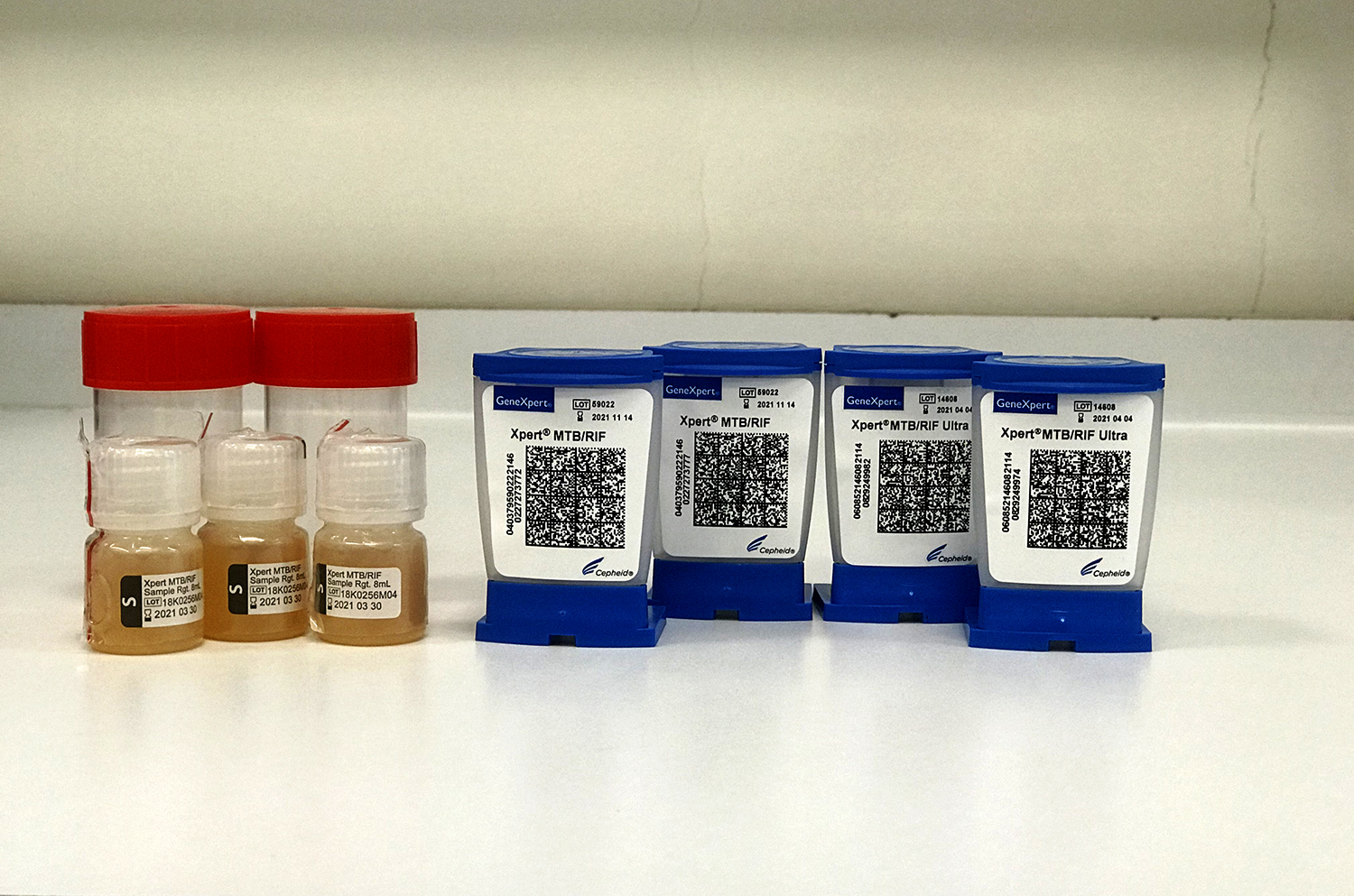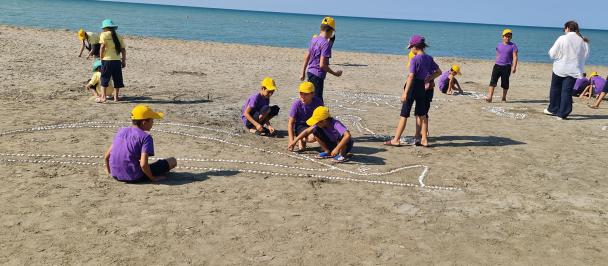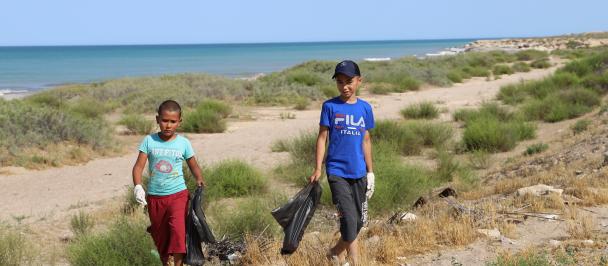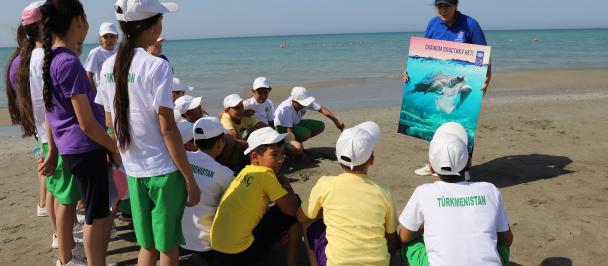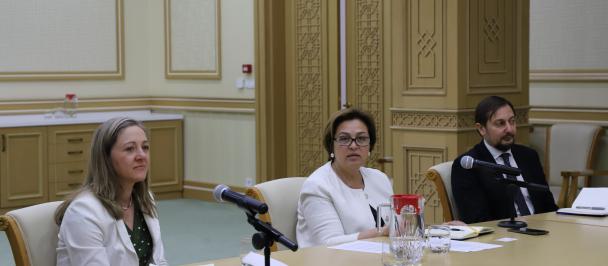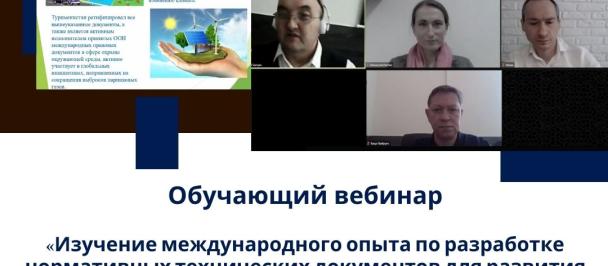Photo: UNDP/Turkmenistan
Photo: UNDP/Turkmenistan
Question 1: Akmyrat, can you please tell us about the UNDP project you are working for and outline your role in its implementation?
I have been working as a Specialist on Agriculture and Land Degradation in the “Energy Efficiency and Renewable Energy for Sustainable Development of Water Resources in Turkmenistan” UNDP/GEF joint project since late 2015.
The project is funded by the Global Environment Facility (GEF) and aims to introduce innovative water-saving irrigation technologies in agricultural crop production and environmentally sustainable water supply to support and enhance social conditions and economic livelihood of the population of Turkmenistan. Through technology transfer, investment, and policy reform, this project seeks to promote an integrated approach to water management that is energy and water efficient, reduces root causes of land degradation and enhances local livelihoods.
One of the main directions of my project work include the development, implementation and monitoring the project activities to achieve results within the research activities on introducing of water and energy-saving technologies in the pilot site, as well as the creation of an educational platform on low-water irrigation methods in the framework of integrated water resources management (IWRM) and sustainable land management (SLM) efforts of UNDP.
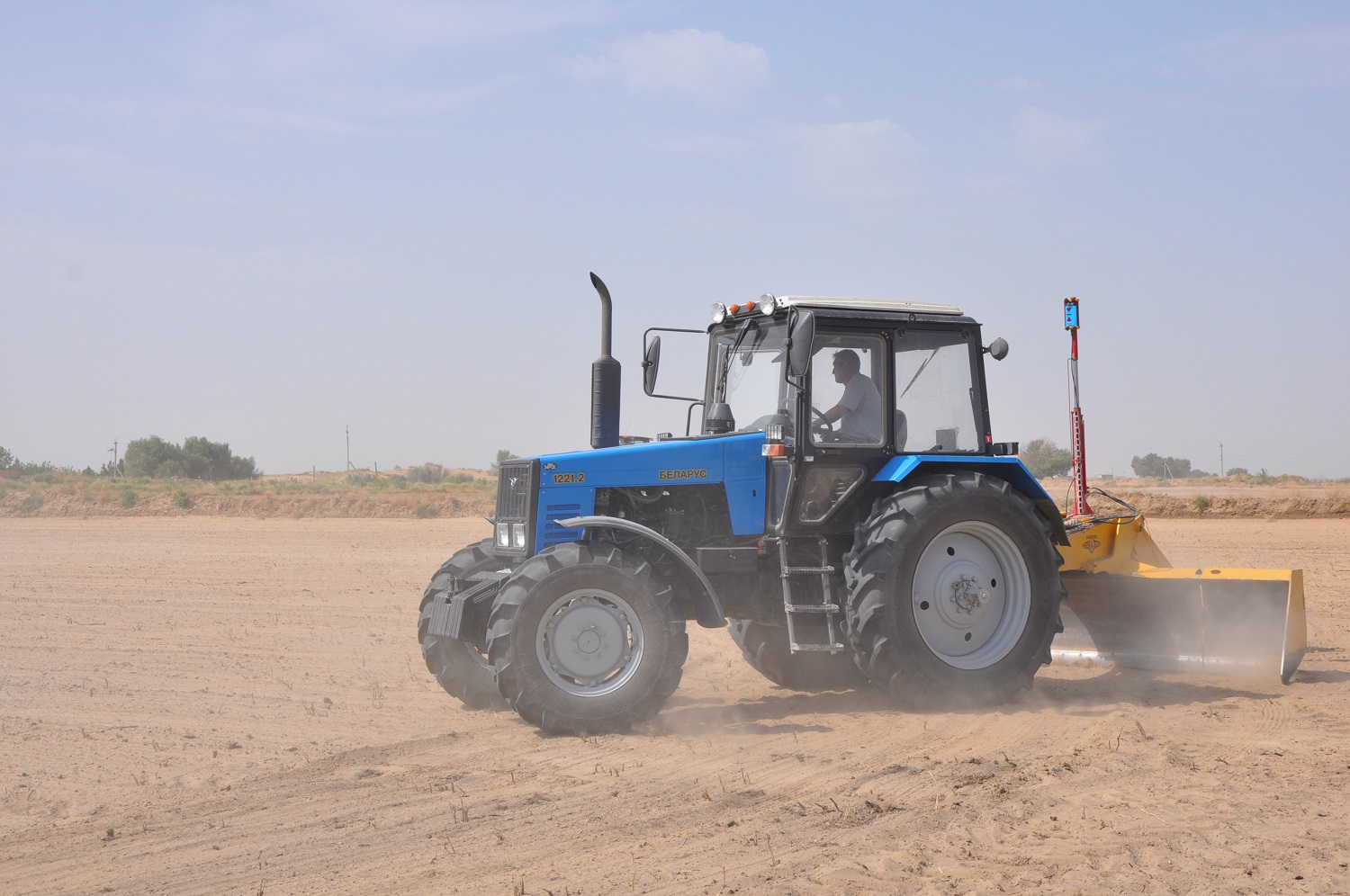
Question 2: Could you please tell us about the main project achievements and your personal contribution to their realization?
The project tested new technologies in irrigated agriculture and pumping for energy efficiency, water conservation, and SLM. Demonstration of visible positive results of these pilots during the workshops and training events contributed to scaling-up investment in new and expanded efficient water-management infrastructure and delivered local and region-specific planning and educational outreach for sustainable land management among farmers, water sector designers and managers.
Throughout the project, I have been directly involved in all project activities, including the prevention of degradation and restoration of previously degraded land on a research site of 145 hectares in the Gokdepe named "Green Polygon".
Since the use of SLM can fundamentally contribute to the solution of the land degradation - one of the priority directions of our project, and contribute to strengthening the resilience of farming and population as a whole, through mitigation of climate change impact as well as other environmental challenges, in 2017 I decided to lease degraded and a swampy plot of 6.5 hectares in the Karakum River bank for personal use to carry out the appropriate land reclamation activities that would enable to turn this land to orchard.
In addition to applying my personal experience I relied on recommendations of national and international experts on SLM. For example, I successfully applied the method of laser land levelling on a leased area. As a result, combining my personal skills and solutions proposed within our project over the past 4 years, I have managed to improve previously highly saline and degraded land in my plot.
Knowledge and experience obtained during UNDP project implementation in the field of sustainable land management and integrated water resources management resulted in rich harvest of apples, peaches and other fruits.

Question 3: In your opinion, what else can be done to achieve even better project results?
Following the example of "Energy efficiency and renewable energy sources for sustainable development of the water economy of Turkmenistan" project my future plans include the reclamation of the adjacent saline plot of 2 hectares and introduction of low-water technologies
I am proud to mention that after demonstrating positive results, 4 landowners (entrepreneurs) followed my example and leased a total of 26 hectares of agricultural land for similar purposes.

 Locations
Locations